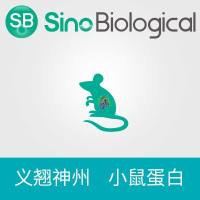Fluorescent Biosensors for the Detection of HMGB1 Release
互联网
513
During necrosis and following some instances of apoptosis (in particular in the absence of a proficient phagocytic system), the nonhistone chromatin component high-mobility group box 1 (HMGB1) is released in the extracellular space. In vivo, extracellular HMGB1 can bind Toll-like receptor 4 on the surface of dendritic cells, de facto operating as a danger-associated molecular pattern and alarming the organism to the presence of stressful conditions. Recent results indicate that the release of HMGB1 is one of the key features for cell death to be perceived as immunogenic, i.e., to be capable of triggering a cognate immune response in vivo. Thus, only anticancer agents that—among other features—allow for the release of HMGB1 as they induce cell death are expected to stimulate anticancer immune responses. To investigate the immunogenic potential of conventional anticancer agents and novel cell death inducers on a high-throughput scale, we engineered human osteosarcoma U2OS cells to express HMGB1 fused at the N-terminus of the green fluorescent protein (GFP). Coupled to fluorescence microscopy workstations for automated image acquisition and analysis, this HMGB1-GFP-based biosensor is amenable for the identification of potential inducers of immunogenic cell death among large chemical libraries.








